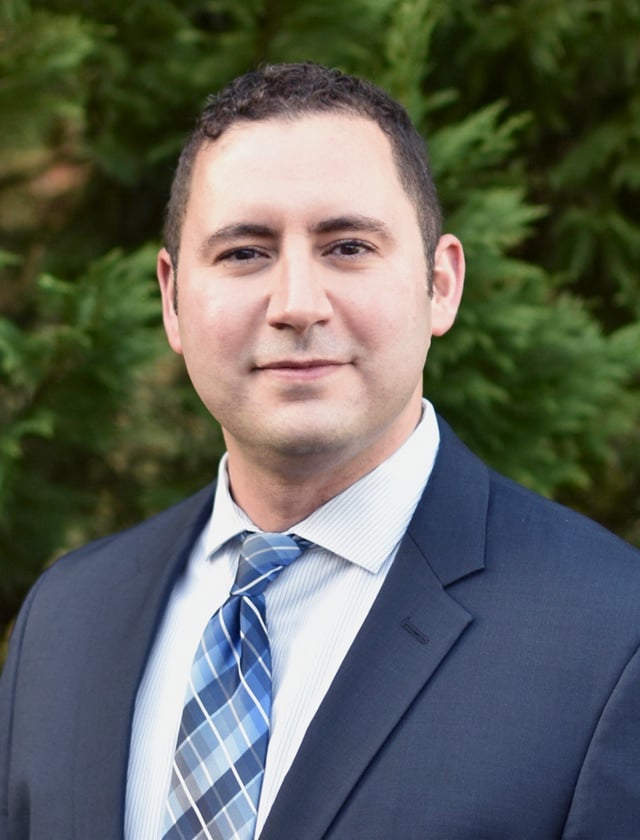Non-cancerous breast diseases involve benign changes in breast tissue that, while not cancerous, may require careful management to prevent potential risks. Our team offers expert evaluation and tailored treatment plans to address these conditions effectively. By providing personalized care and ongoing support, we help you manage benign breast issues and maintain your overall breast health.

Understanding Non-Cancerous Breast Disease
A diagnosis of non-cancerous breast disease means there are benign (non-cancerous) cellular changes in the breast tissue. While not malignant (cancerous), some benign breast conditions can increase your risk of developing breast cancer if left untreated. With appropriate monitoring and treatment, most non-cancerous breast diseases are very manageable. Our specialized medical team works with patients to create customized short- and long-term care plans aimed at managing benign breast disease and minimizing breast cancer risk.
Types of Non-Cancerous Breast Disease
Fibrocystic Breast Changes
Fibrocystic breasts are characterized by the development of non-cancerous cysts that vary in size during the menstrual cycle due to hormonal changes. Symptoms may include breast pain/swelling and lumpy textures throughout the breasts. While uncomfortable, fibrocystic changes are benign and very common, affecting up to 60% of women.
Fibroadenomas
Fibroadenomas are solid, round, rubbery lumps made up of normal breast tissues. Ranging from microscopic to several centimeters, most cause no symptoms. However, larger tumors may be felt as a hard, painless, movable lump. Fibroadenomas can grow quickly during puberty/pregnancy when estrogen levels peak, and often require removal if they are larger in size.
Intraductal Papillomas
Intraductal Papillomas grow in the milk ducts as small, non-cancerous tumors that can cause clear or bloody nipple discharge and breast pain that warrants evaluation.They often first appear when estrogen levels are elevated, such as during pregnancy or menopausal hormone therapy. Though benign, they can recur after surgical removal and can become infected. Papillomas are almost always benign, even if multiple or bilateral.
Sclerosing Adenosis
Sclerosing Adenosis involves enlarged lobules/acini in the breast caused by extra cell growth. It typically has no symptoms but may appear suspicious on mammography. This condition, while non-cancerous, may obscure the detection of early breast cancer on scans, so close monitoring is recommended.
Fat Necrosis
Fat Necrosis is breast tissue death, typically caused by prior injury/trauma leading to scarring. This dead tissue forms a firm mass that may be tender and inflamed initially. The skin overlying the area may look abnormal. Over time this will stabilize into a benign breast lump.
Mastitis
Mastitis is inflammation of breast tissue, often caused by bacterial infection during breastfeeding. Symptoms range from focal swelling/warmth to diffuse breast inflammation with fever/chills. Mastitis typically resolves with conservative care and antibiotics within 2 weeks. Abscess may rarely require drainage.
Duct Ectasia
Duct Ectasia develops when a milk duct widens and its lining deteriorates. The cause involves chronic inflammation, which allows duct secretions to build up. Symptoms may include tenderness, infection, nipple inversion, and sticky nipple discharge. It develops most commonly in middle-aged women. Duct ectasia can be difficult to distinguish from breast cancer without biopsy but is ultimately benign.
Granular Cell Tumors
Granular cell tumors are benign breast lesions that can slowly form on or near the nipple. They tend to grow as firm, painless lumps right under the skin. Doctors often recommend surgically removing them to be 100% sure they are not malignant. These tumors are typically cured by excision, and it is uncommon for them to grow back after removal.
Atypical Lobular Hyperplasia (ALH) and Atypical Ductal Hyperplasia (ADH)
Atypical Lobular/Ductal Hyperplasia indicates abnormally increased cell growth within the milk ducts or lobules that may slightly raise your breast cancer risk. However, having ALH/ADH does not mean cancer is inevitable. Close clinical and imaging surveillance is key in managing this condition.
Risk Factors
The main risk factors associated with developing non-cancerous breast disease include:
- Gender: Women are at much higher risk due to the effects of female hormones on breast tissue.
- Age: Different conditions have peak ages, though most commonly perimenopausal women in their 40s-50s. Fibrocystic changes tend to affect younger women.
- Family history: Having a first-degree relative with benign breast disease slightly increases risk.
- Hormone stimulation: Conditions like fibroadenomas and cysts can flare with hormonal fluctuations during puberty, menstruation, pregnancy, and the use of hormone therapy like estrogen.
- Prior breast biopsy: Women with previous benign biopsies have a higher likelihood of further non-cancerous diagnoses.
- Dense breast tissue: Both proliferative benign disease and breast cancer risk increase with higher mammographic density.
Diagnosis
If you or your doctor finds a lump or abnormality on a mammogram or during a physical exam, additional imaging tests are typically performed to visualize the deformity and a breast biopsy may be recommended to test for cancer cells. A breast biopsy involves using a needle or non-invasive procedure to collect cells or tissue from the area of concern. A pathologist then looks at the cells under a microscope to determine if cancerous cells are present.
There are many kinds of benign diagnoses that can be identified. While a benign result is reassuring because cancer is not present, benign findings can still impact your health in other ways and change your personal risk of later developing cancer. Some benign conditions require close ongoing monitoring.
Even with a “good” benign biopsy result, talk to your doctor to understand what it means for future screening and care. After early detection, our doctors can create a comprehensive follow-up plan to keep you healthy. Knowledge is power - understanding benign breast changes means we can take steps toward optimal breast health.
When To See a Doctor
If you notice any concerning breast changes, you should schedule an appointment with your doctor right away - even if the changes seem minor. Some signs and symptoms to watch for that warrant prompt evaluation include:
- A new breast lump, thickening, or asymmetry that does not go away
- Nipple changes - inversion, rash, scaling, discharge (clear, bloody, or milky)
- Skin changes on the breast like dimpling, puckering, redness, or warmth
- Sudden increase in breast size or shape
- Breast pain, swelling, or skin irritation not relieved by the menstrual cycle
- An abnormal finding on a recent screening mammogram
While most breast changes end up being benign, it is always best to follow up quickly when you first discover anything unusual. Catching subtle signs can make a real difference in detecting and treating breast disorders. Do not hesitate to call for an appointment today if anything concerns you - getting timely answers will give you peace of mind. Staying on top of breast health is so important. Our team is here to support you!
Treatment Options for Non-Cancerous Breast Disease
The best approach for treatment depends on each woman's specific case. Education and open communication with your provider are key to determining the right treatment to optimize health.
Non-Surgical Treatments
Observation
Some asymptomatic incidents like simple cysts may just be monitored over time.
Hormonal Therapy
Birth control pills or menopausal hormones may be discontinued or changed if contributing to benign breast changes.
Pain Relief
Over-the-counter pain relievers or warm compresses can relieve discomfort from breast inflammation/swelling.
Antibiotics
Antibiotics can be used to treat infections, abscesses, and mastitis by reducing inflammation. By treating infection and inflammation, antibiotics provide symptomatic relief until any underlying breast disorder can be definitively treated.
Surgical Treatments
Fine Needle Aspiration
Use of a small needle to withdraw fluid from a breast cyst to collapse it.
Core Biopsy
A small incision is created to sample breast tissue cells and verify if cancer is detected.
Lumpectomy
Minimally invasive procedure to remove a small, localized lump like a fibroadenoma.
Mastectomy
In rare refractory diseases, full or partial breast removal may be warranted as a last resort.
Contact Us Today
Our Doctors
The providers at The Breast Center of New Jersey, a division of The Institute, are leaders in treating cancerous and benign breast disorders. Our world-renowned and nationally recognized surgical team is experienced with advanced biopsy procedures, making prevention, screening, treatment, and recovery for common breast disorders as streamlined and straightforward as possible.
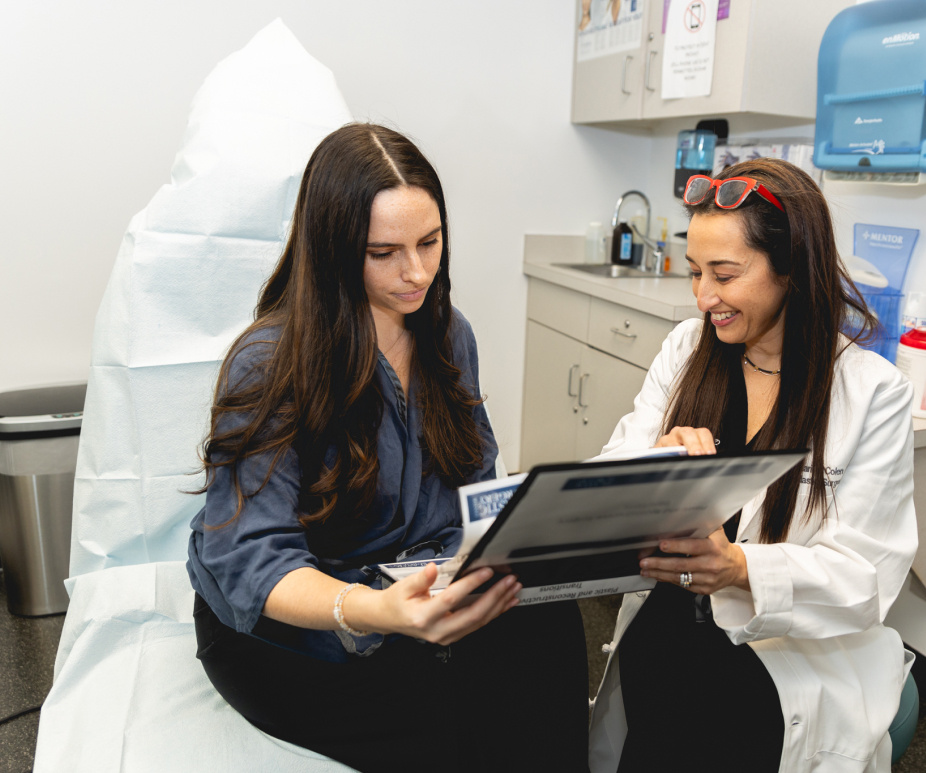
Am I a Candidate for Breast Disease Treatment?
As the region’s premier breast health program, The Breast Center of New Jersey offers unparalleled expertise in diagnosing and treating non-cancerous breast diseases. Our coordinated team of elite specialists, surgeons, and patient navigators simplify screening, diagnosis, and treatment so you can focus on healing with confidence. The answers you need about your breast health are within reach. Schedule an appointment today.

%201.svg)
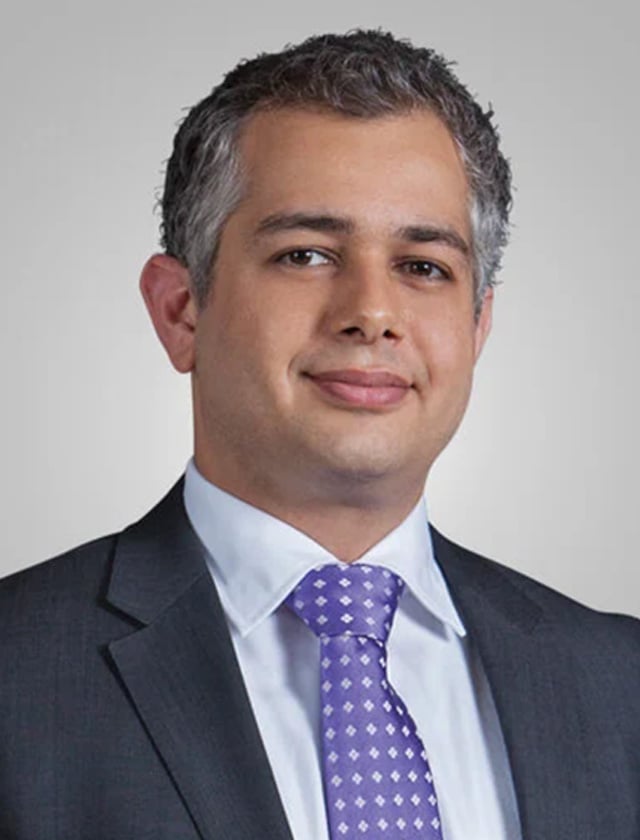
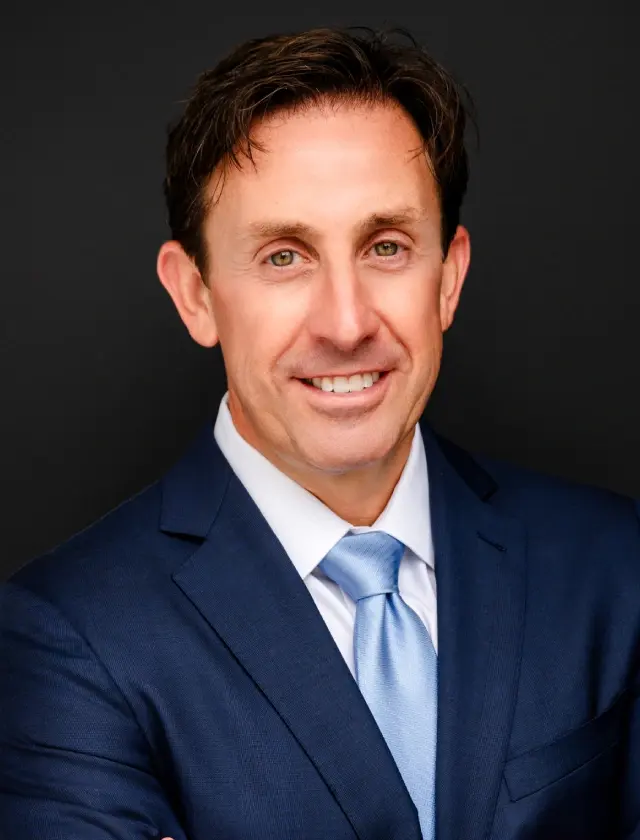
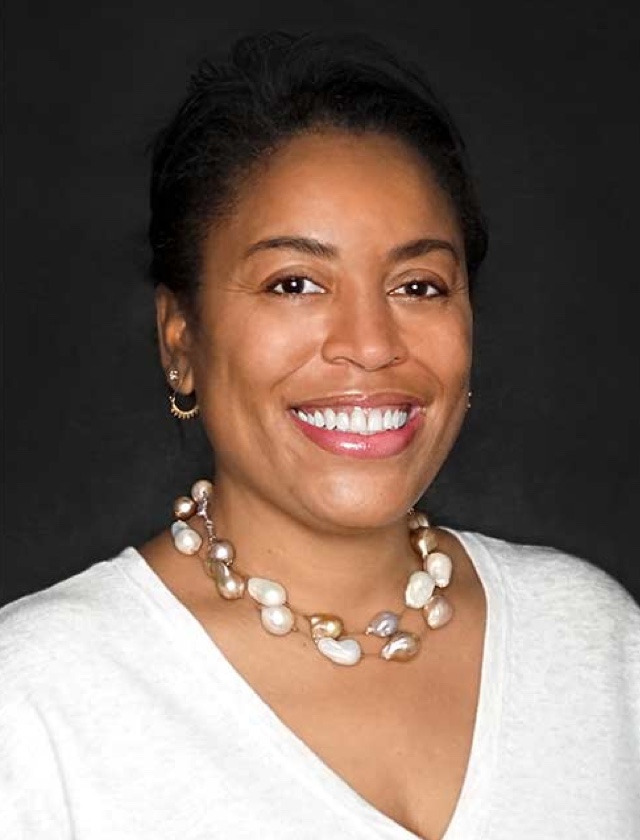

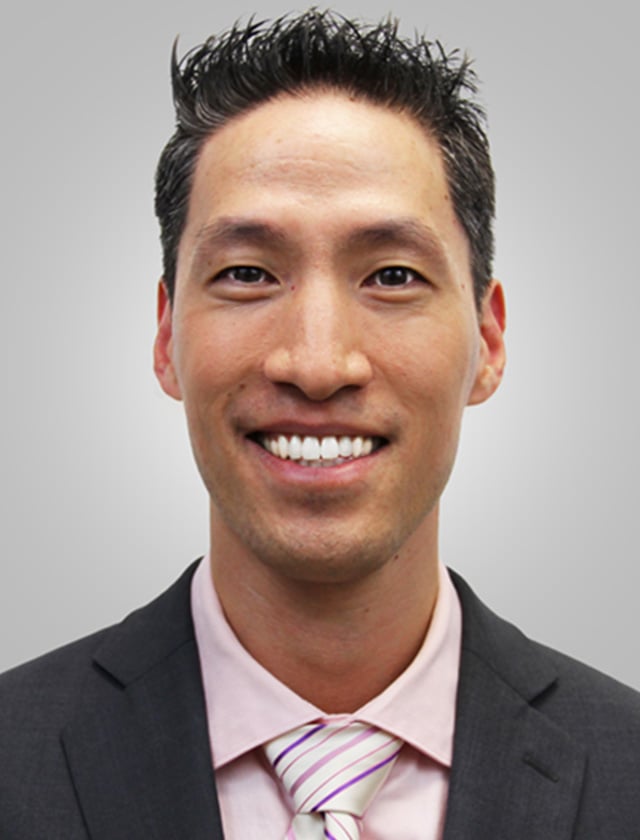
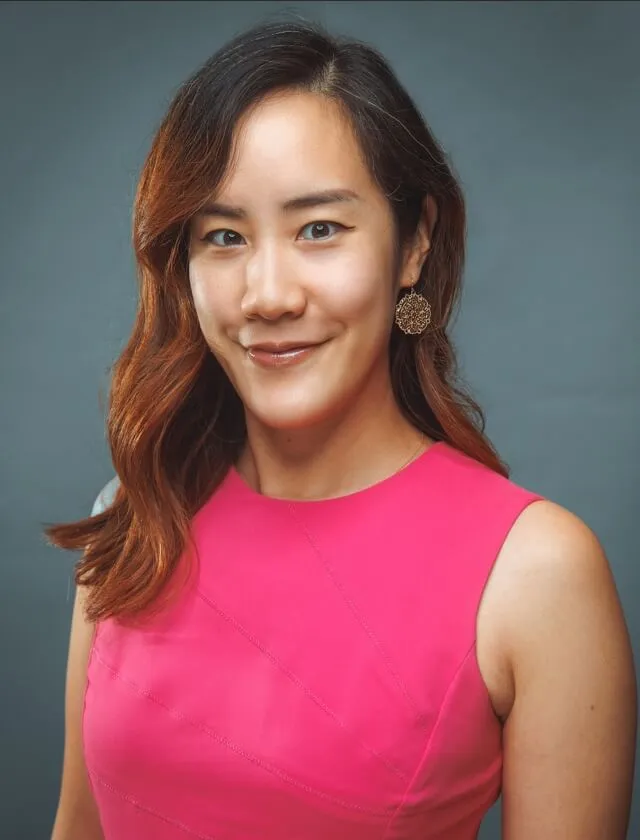
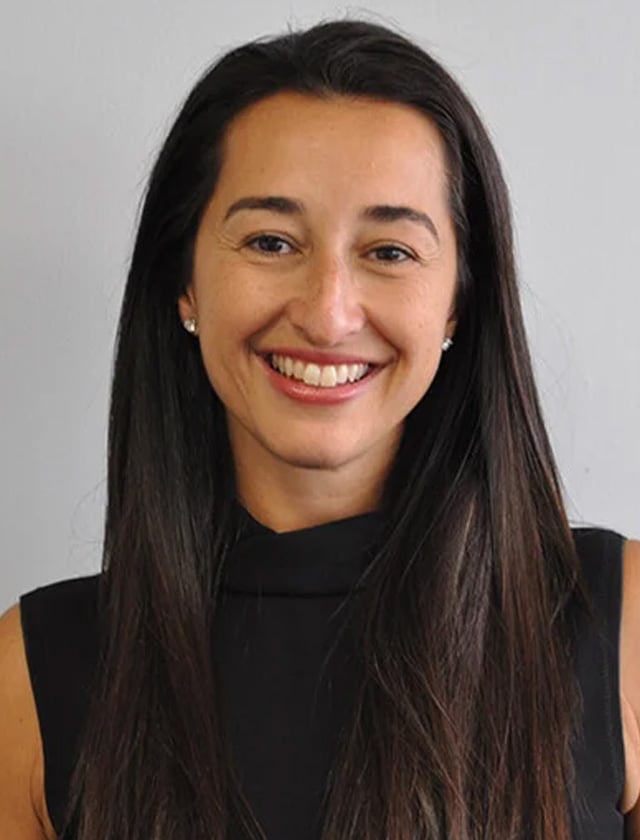
-min.png)
.webp)
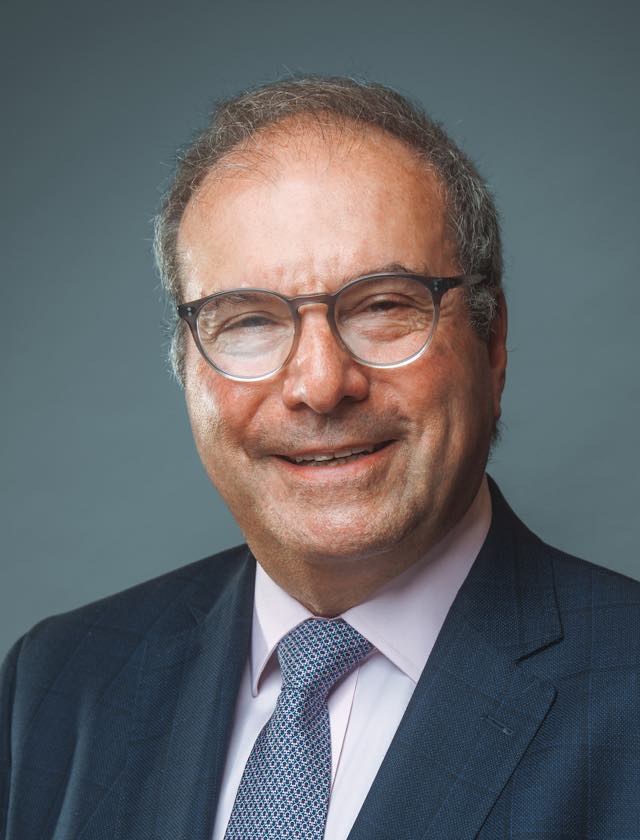
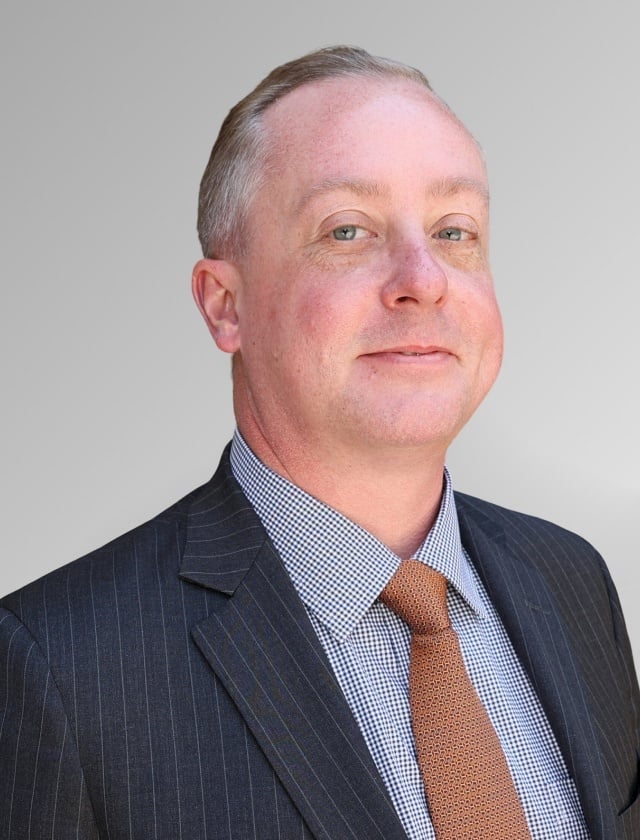
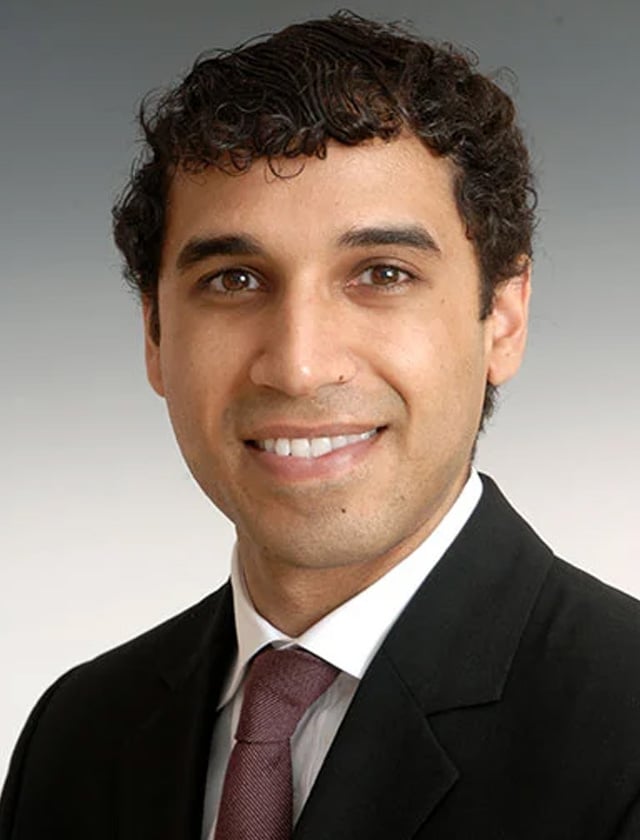

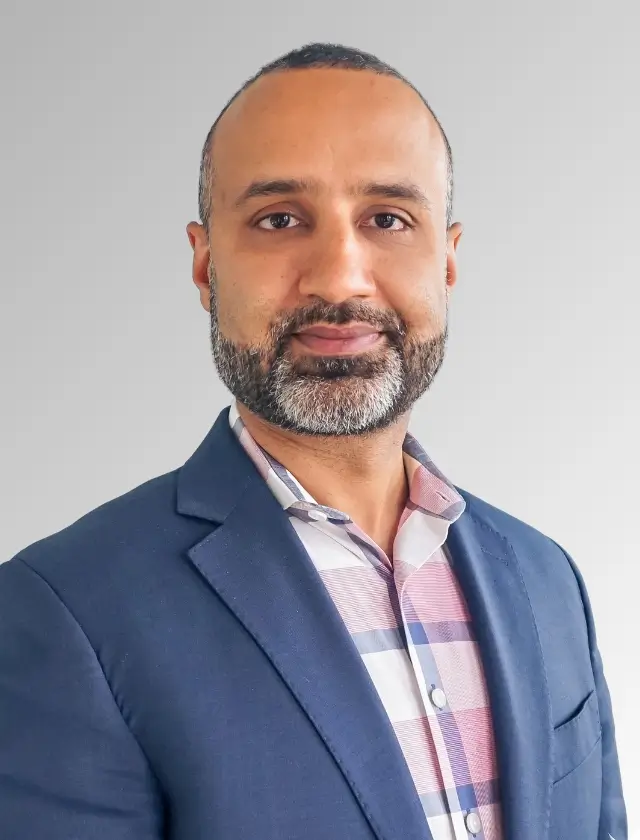
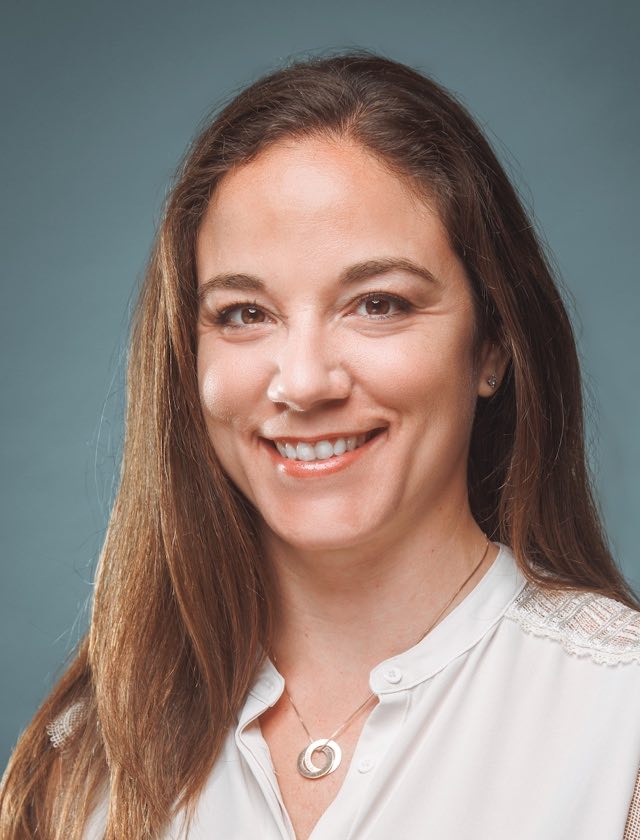
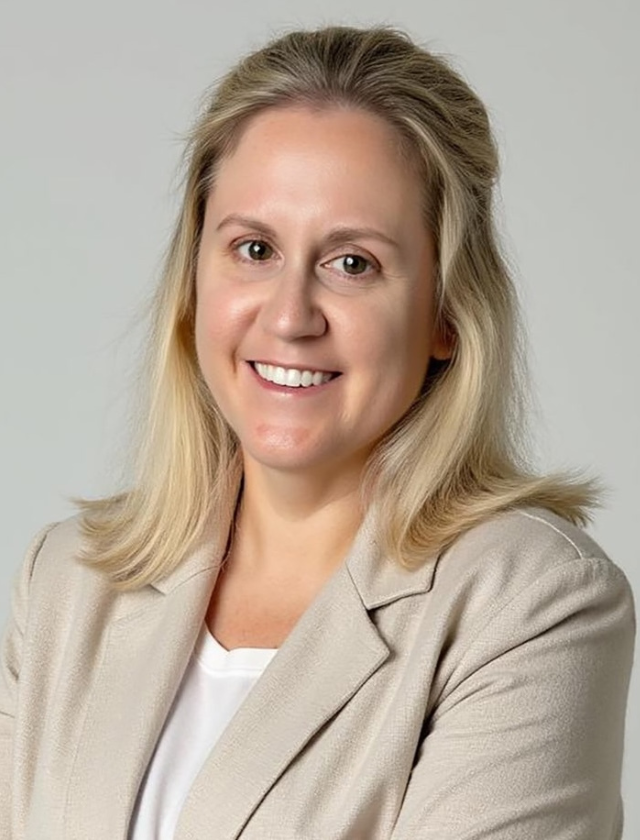
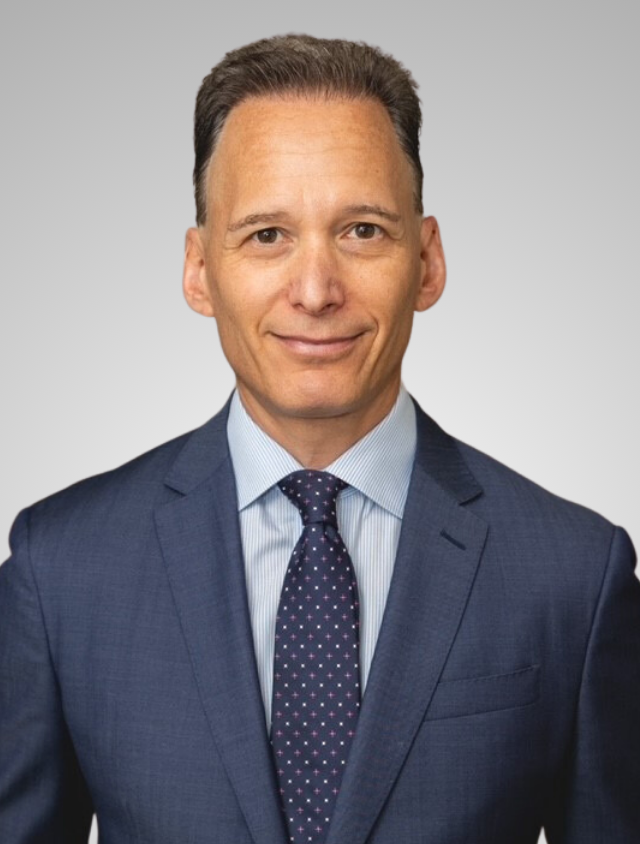
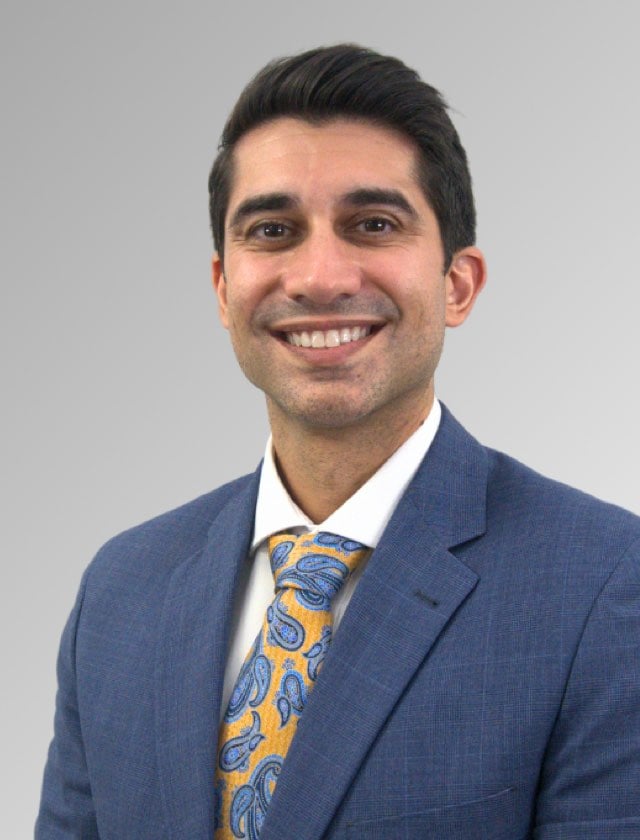
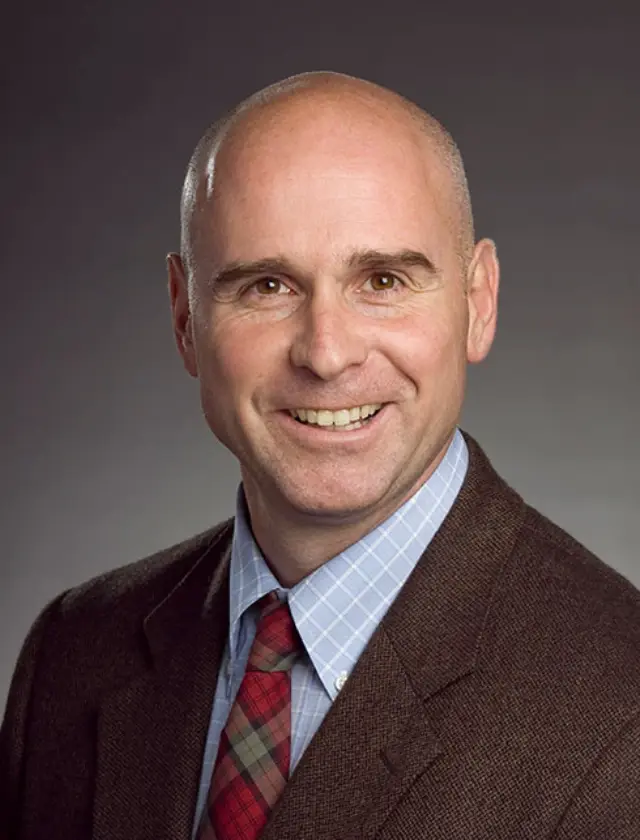
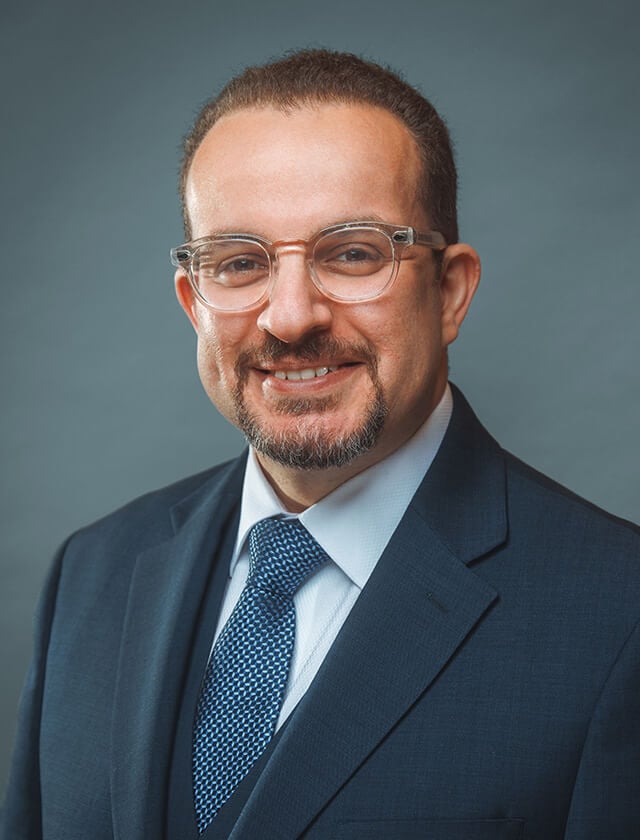
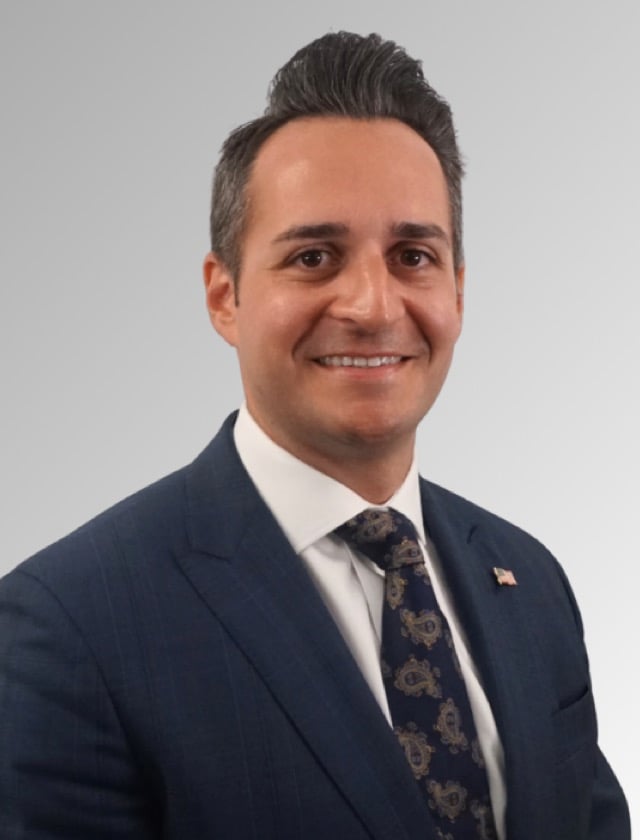
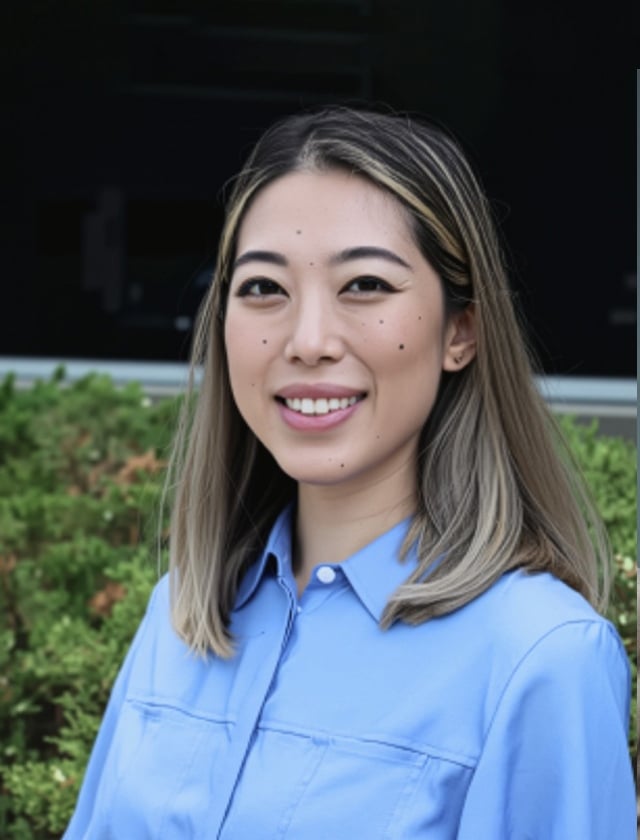
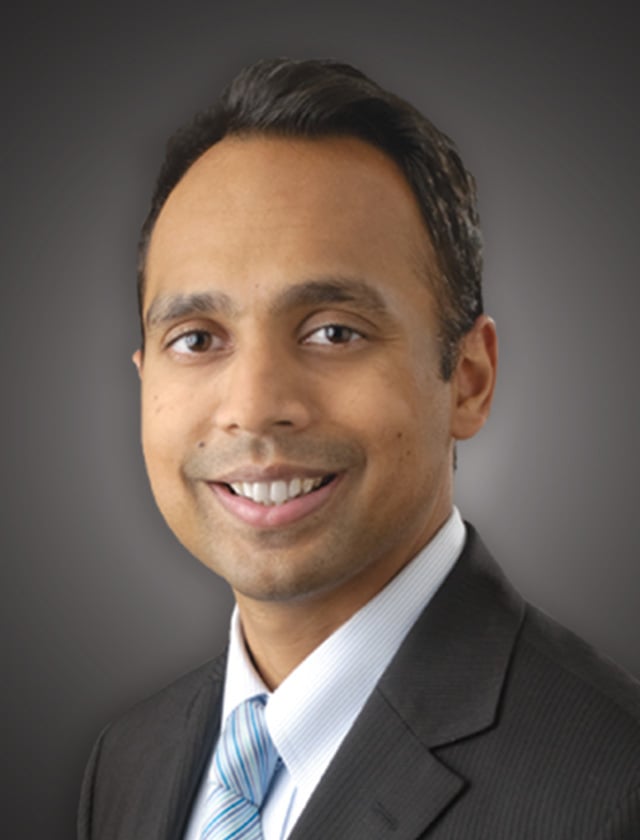
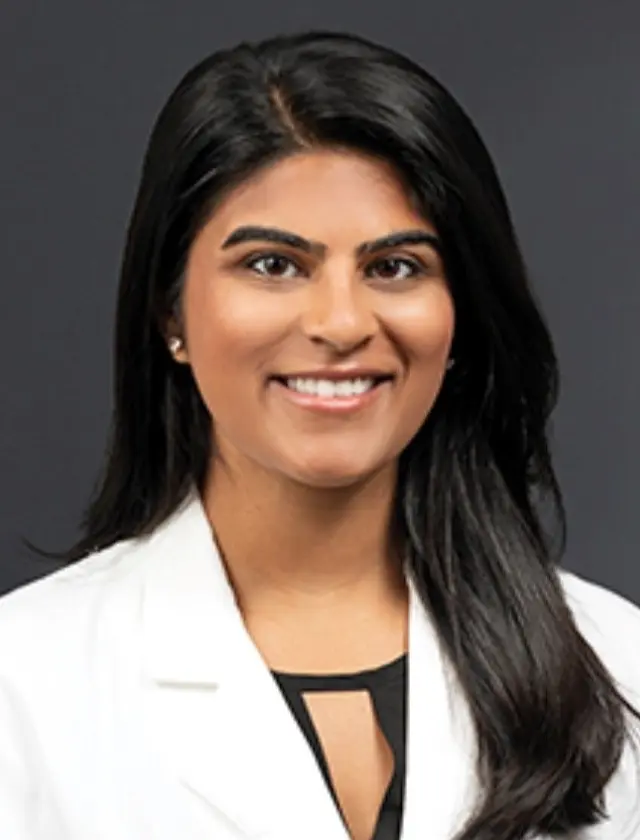


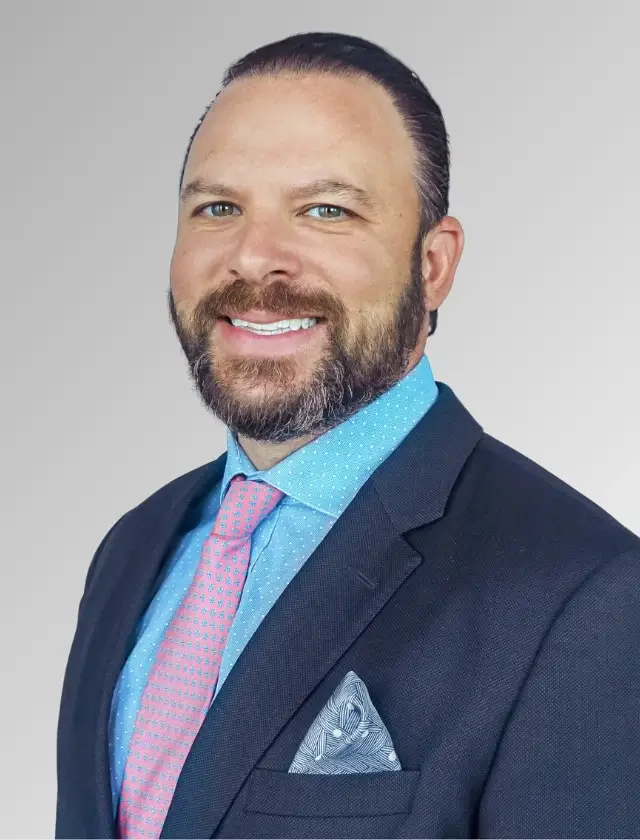

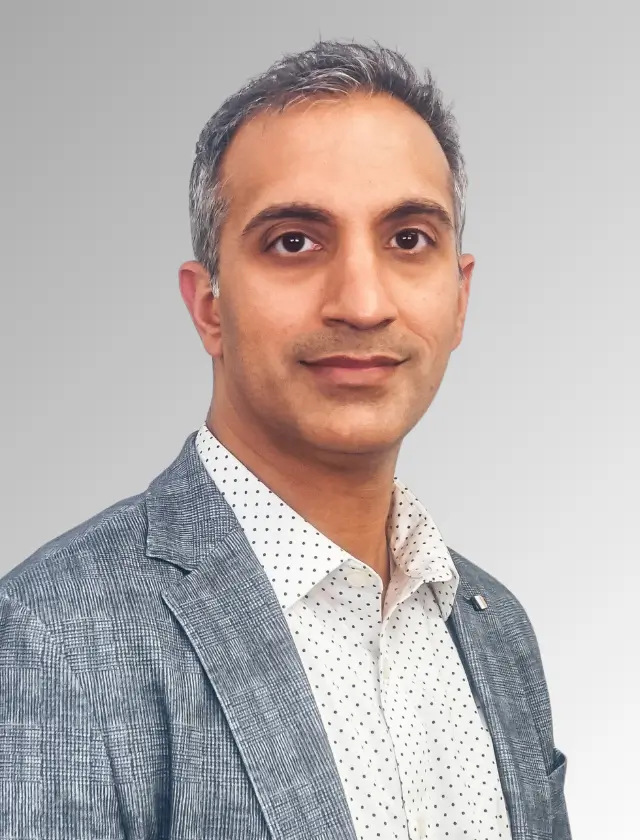

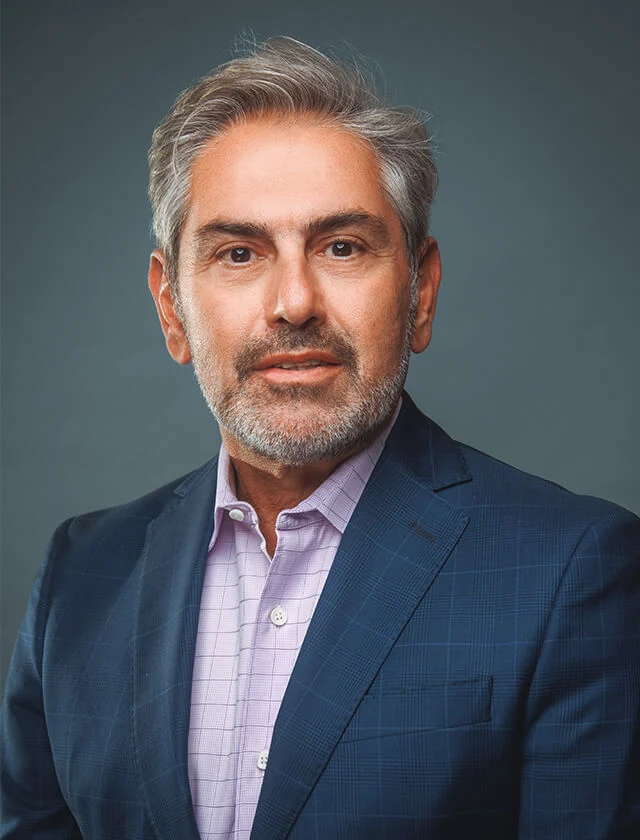
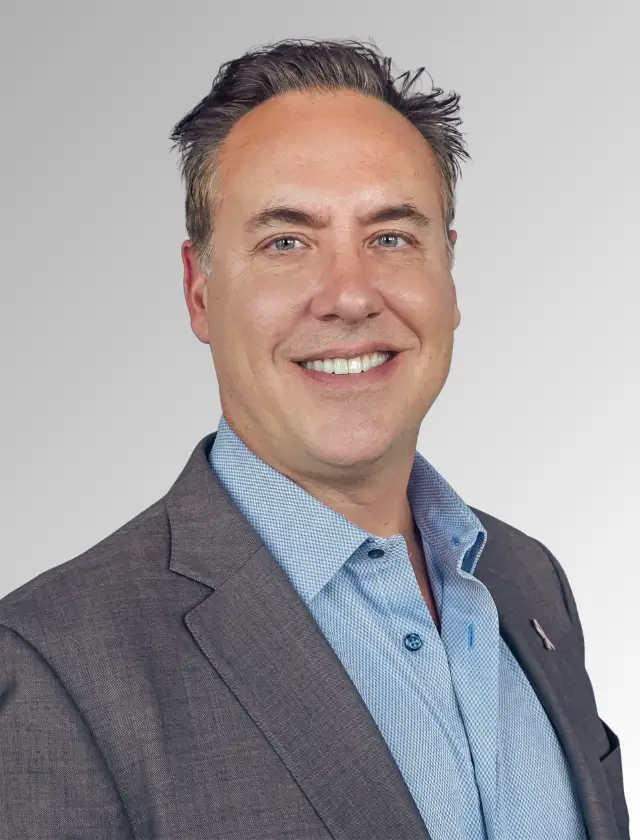
-1.jpeg)
